Diamond is less stable than graphite, but the conversion rate from diamond to graphite is negligible at ambient conditions. Diamond has remarkable optical characteristics. Several non-diamond materials, which include cubic zirconia and silicon carbide and are often called diamond simulants, resemble diamond in appearance and many properties. Special gemological techniques have been developed to distinguish natural and synthetic diamonds and diamond simulants. Diamond has a hardness of 10 (hardest) on this scale. Diamond’s hardness has been known since antiquity, and is the source of its name.
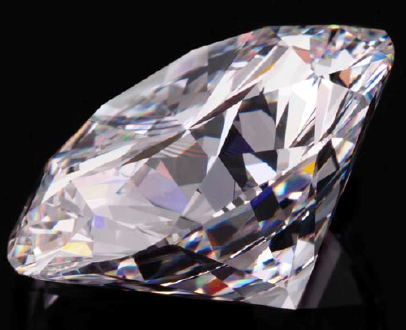 Diamond
Diamond
Diamond hardness depends on its purity, crystalline perfection and orientation: hardness is higher for flawless, pure crystals oriented to the <111> direction (along the longest diagonal of the cubic diamond lattice). Therefore, whereas it might be possible to scratch some diamonds with other materials, such as boron nitride, the hardest diamonds can only be scratched by other diamonds and nanocrystalline diamond aggregates.
You might also like
| What is Carbon Nanotubes? Carbon nanotubes are long chains of... | Austenite (Gamma Iron) Austenite, also known as gamma phase... | What is Zirconia? Zirconium dioxide (ZrO2), sometimes known... | What is Cast Iron ? Cast irons typically contain 2-4 wt% of carbon... |
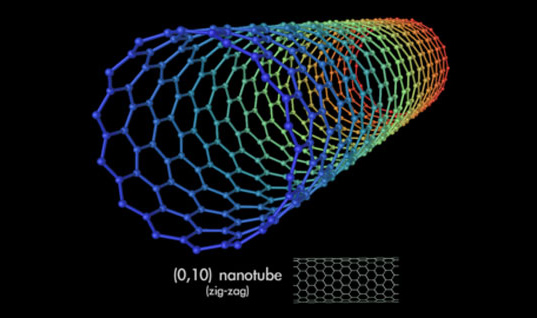
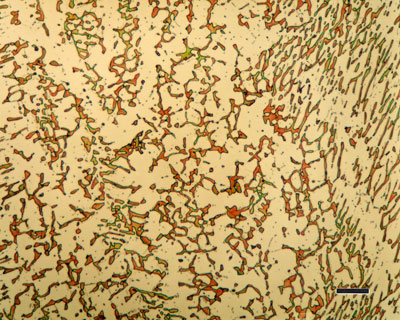
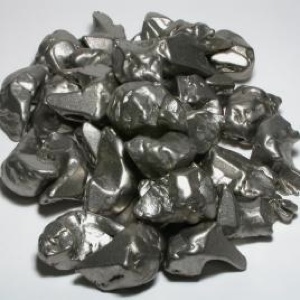

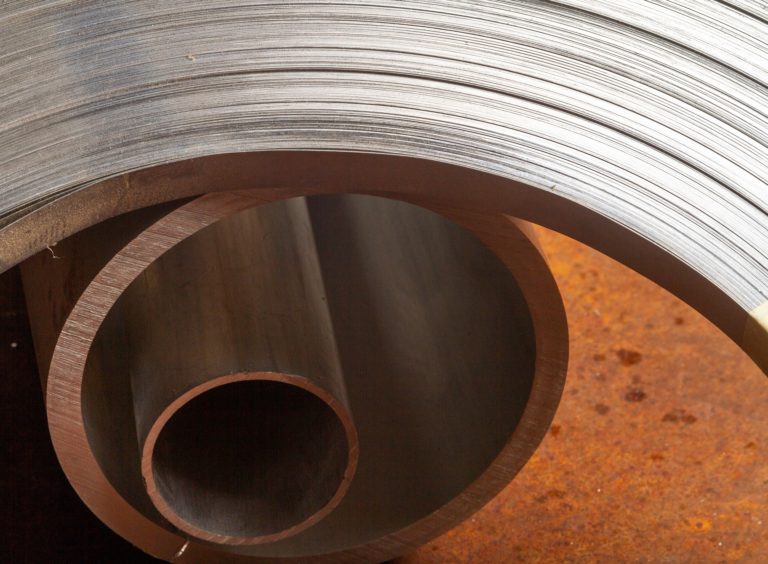 Alloy Suppliers
Alloy Suppliers
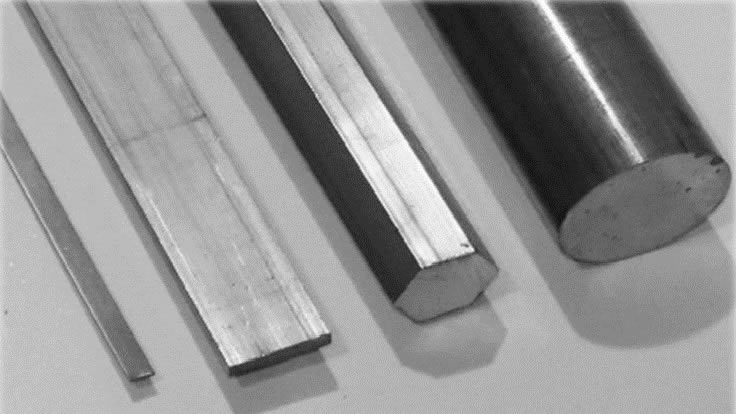 Aluminum
Aluminum
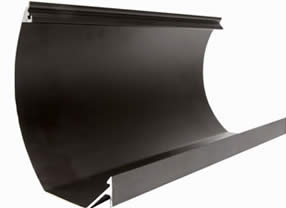 Aluminum Extrusions
Aluminum Extrusions
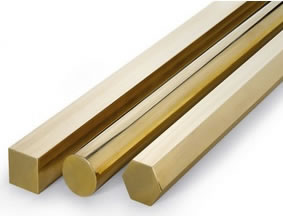 Copper-Brass-Bronze
Copper-Brass-Bronze
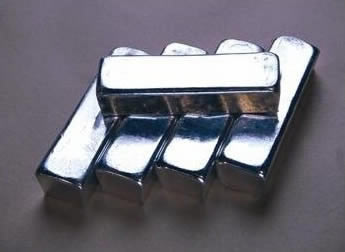 Nickel
Nickel
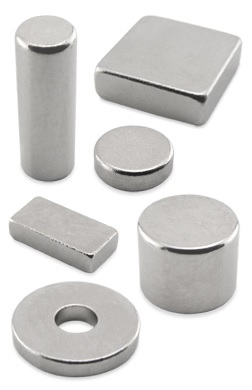 Magnets
Magnets
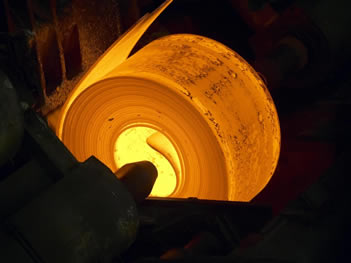 Stainless Steel
Stainless Steel
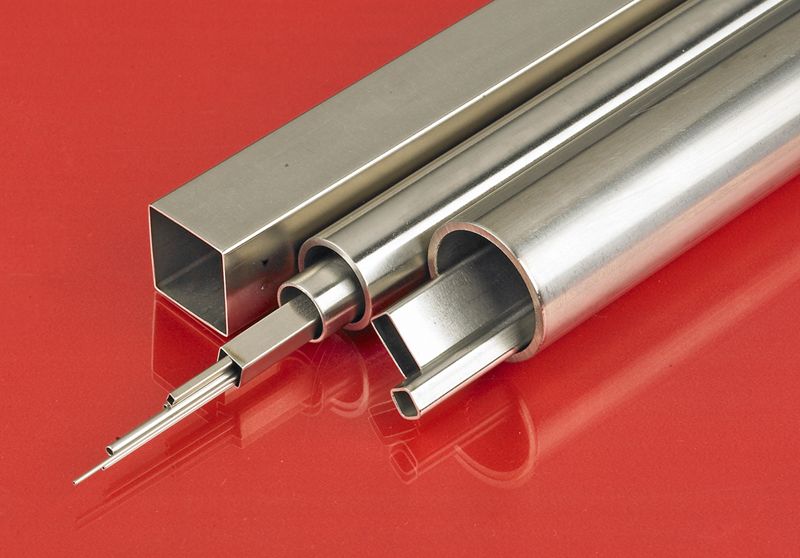 Stainless Steel Tubing
Stainless Steel Tubing
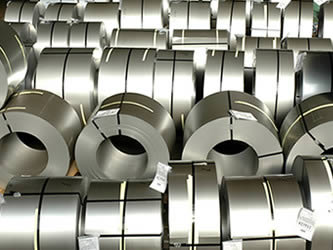 Steel Service Centers
Steel Service Centers
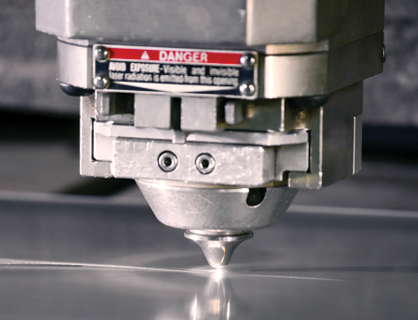 Titanium
Titanium
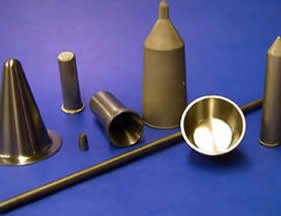 Tungsten
Tungsten
 Wire Rope
Wire Rope